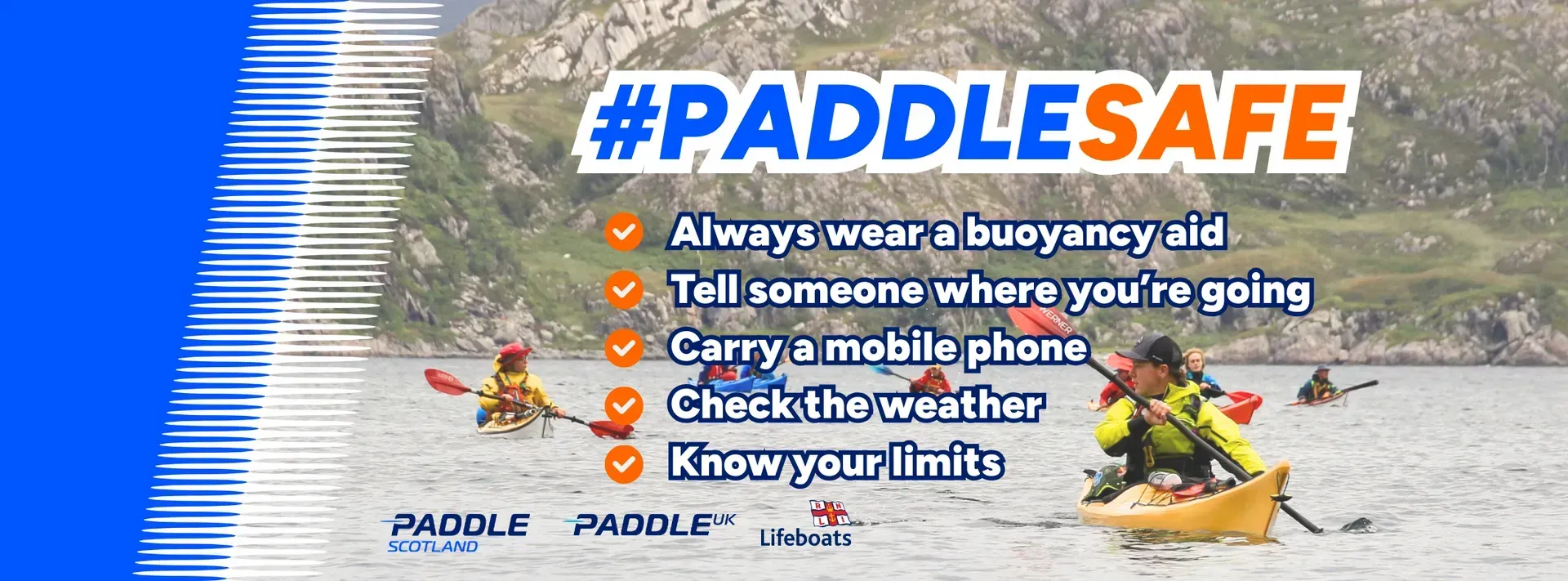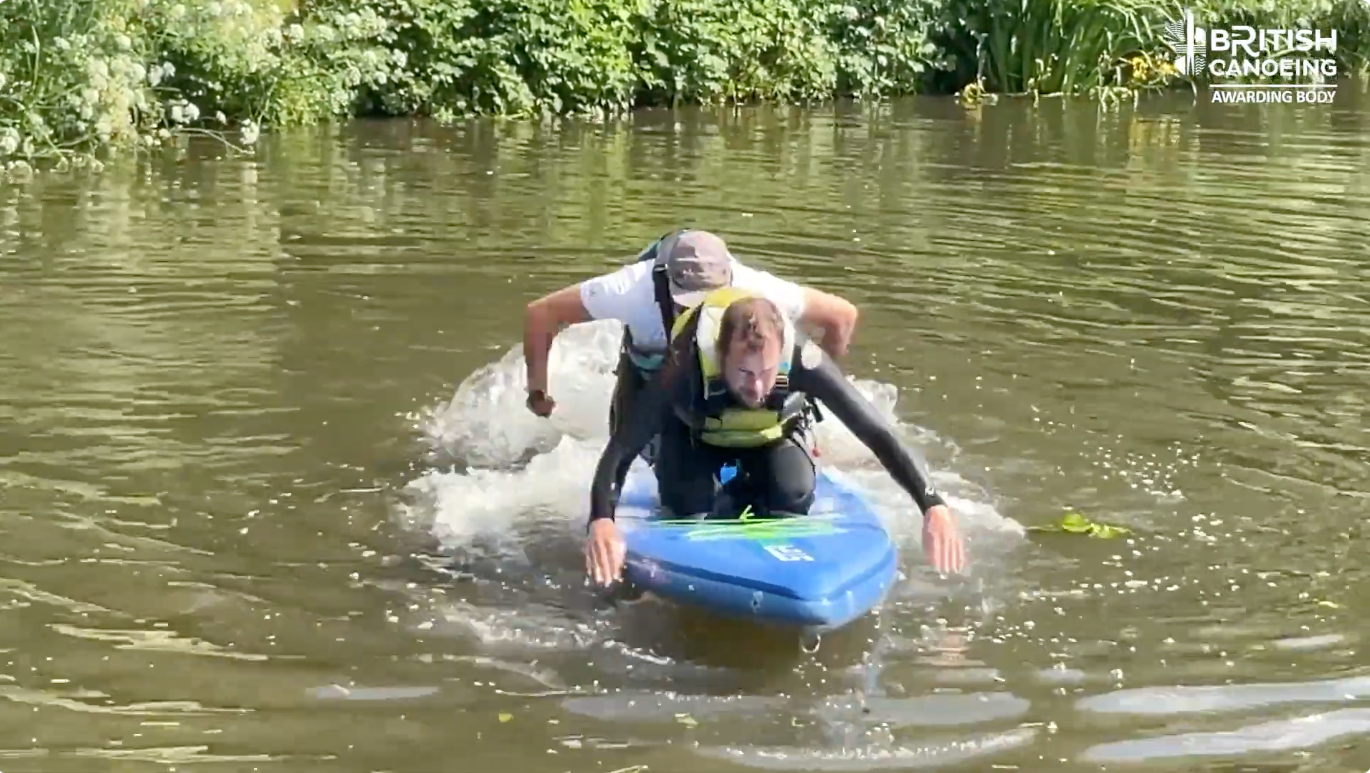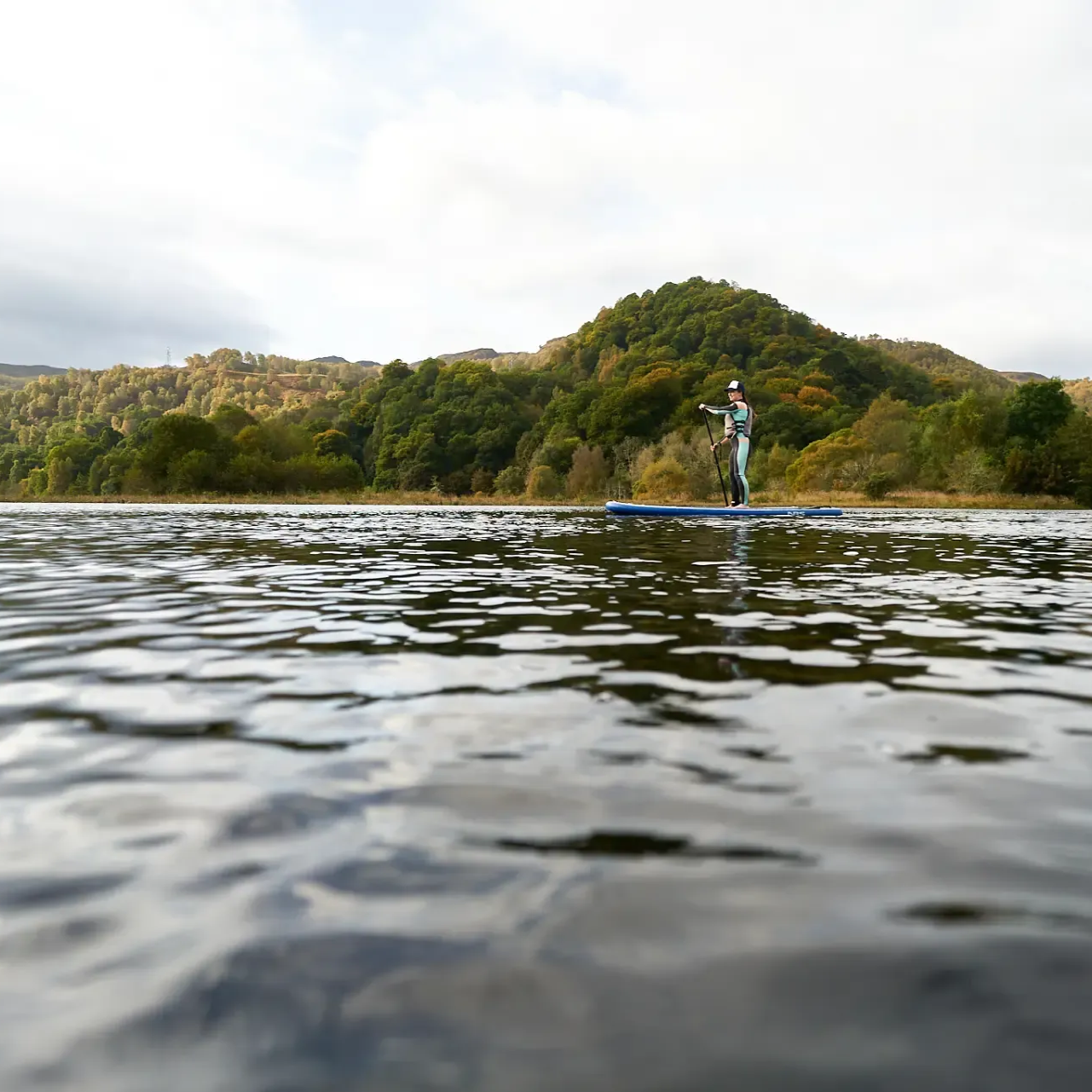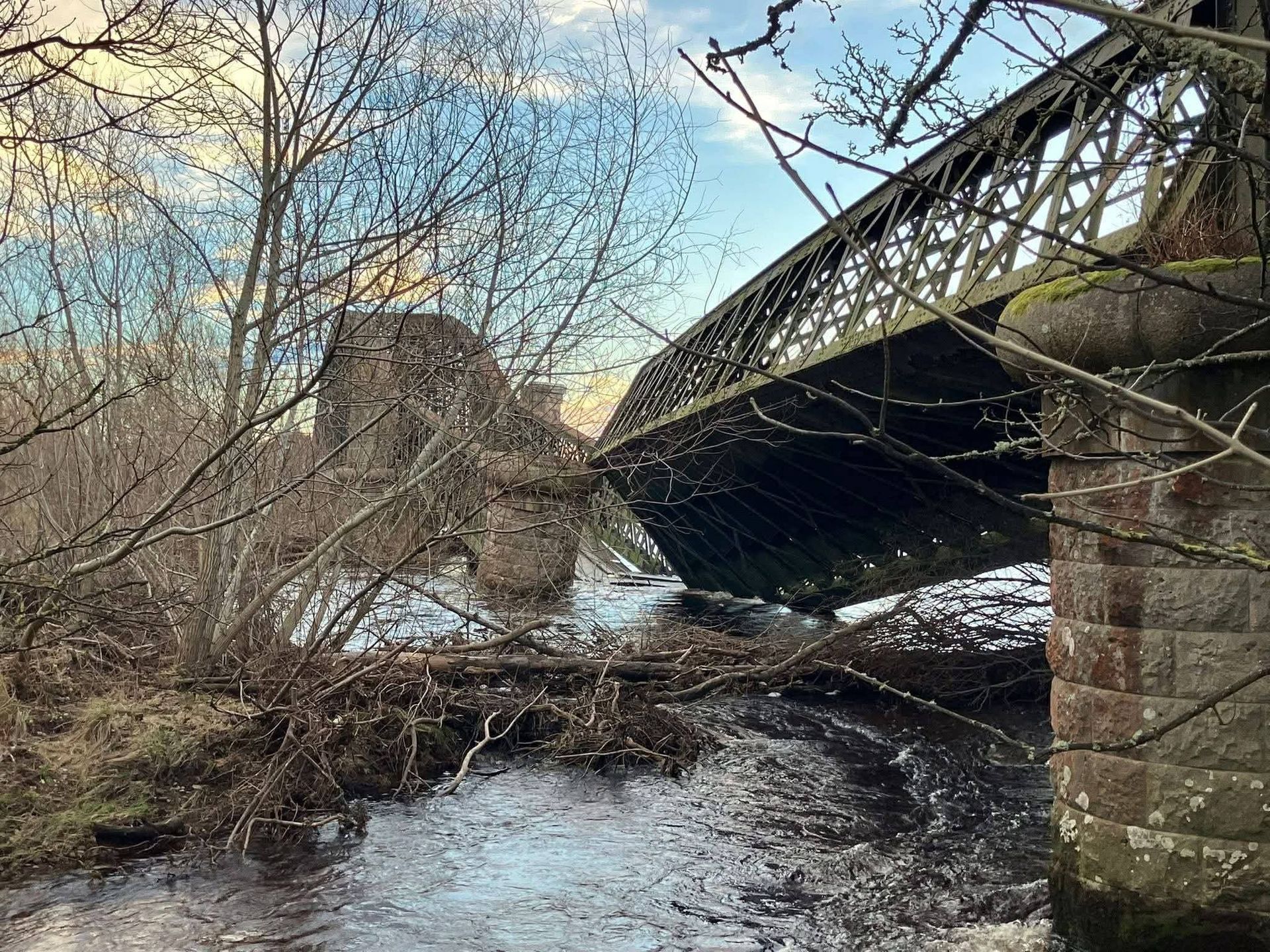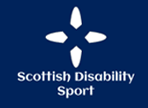Paddle Scotland has teamed up with Paddle UK and the RNLI to deliver five key messages to stay safe on the water.
Being safe on the water will only increase the fun you can have. Please follow the advice below:
1. Always Wear a Buoyancy Aid
No matter how strong you think you are at swimming, wear a Personal Floatation Device (PFD). PFD’s come in all shapes and sizes, so you can easily find one that fits and is comfy. Make sure it is fit for purpose and is done up securely. There are lots of things to consider when getting a PFD for you and your family, so check out our guide on buying your first PFD.
When you are on a paddle board you might think "I’m connected to a big inflatable, do I need one?" The answer is YES! You’re connected to it now, but you may need to release yourself from it for some reason. So make sure you are wearing a PFD. It is also important to have the right leash on in this situation, but more of that later on.
2. Tell Someone Where You’re Going
Give people FOMO, make them jealous of your plans, and see if they want to come along. The more people on the water with you the safer! And if they don’t fancy joining you then they know your plans and can check that you return safely. Making sure someone on land knows when you are going, where you are going, and when you will be back is all part of staying safe.
3. Carry a Mobile Phone
Mobile phone, VHF radio, or anything else that you can call for help on. Stick it in a waterproof pouch and put it in your pocket or in your PFD. You should carry your means of communication on you, not just on your board or in your boat. If you become separated from your craft, this is when you may need to call for assistance. Call 999 and ask for Fire & Rescue if inland, or the Coastguard if in tidal waters.
There are also lots useful apps you can install on your mobile. From safety apps, weather tracking apps, and paddling route, you can find them all. Just another reason to take your mobile paddling.
4. Check the Weather
When making your paddling plans always check the weather and plan accordingly. Make sure you wear enough layers for the temperatures, have waterproofs for any rain, and extra layers for just in case. If it is sunny then make sure you take your sun protection! That’s sun cream, UV protective clothing, and plenty of water to keep hydrated. Checking the weather will allow you dress appropriately for your paddle.
You can also spot any weather that is dangerous to paddle in. It is very important to remember that offshore winds should be avoided. These are winds that blow away from the shoreline and into deep water and trouble. If the weather doesn’t look good then think about changing your plans and paddle another day.
The tides and currents of our waters is effected by the weather too. Rain increases the currents of rivers, and winds can strengthen the tides. So while checking the weather, cast an eye over the tides and currents of the waters you plan to paddle. Don’t let them catch you out.
5. Know Your Limits
Take your skill level into account when planning a paddle. If you have never been paddle boarding on moving water then think about taking some courses to help build you up to that. You should always stay within your ability and skill level. Paddle UK have a number of courses to help you level up your skills and safety, so find your local provider and enjoy a course.
Think about where you are going to be paddling. Do you have the experience and skills for the water you’re planning on paddling on? Do you have the right kit to be paddling on that water? A key skill to have is to identify which safety kit you need for your paddle. From having the correct leash for the environment, to knowing when to be wearing a helmet, knowledge of safety is key.



